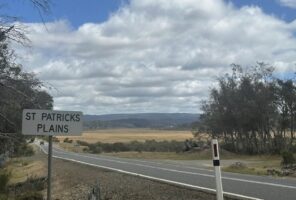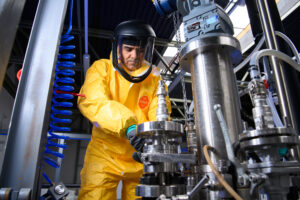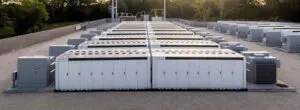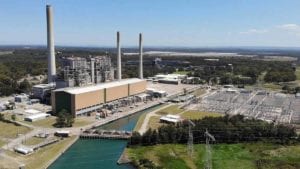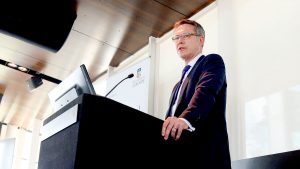Queensland’s CleanCo is looking for another 400 megawatts (MW) of storage and energy generation technologies for the former coal power plant site at Swanbank, near the city of Ipswich west of Brisbane.
The state-owned company opened a tender for Expressions of Interest (EoI) last Friday to get an idea of who might be interested in setting up camp on the site, which used to host two coal fired power stations and is now being converted into a clean energy hub.
The EoI document says the new technologies could cover anything from renewables, storage and even hydrogen infrastructure, but need to be “innovative, technically and commercially ready”. It did not define the length of storage required for the site.
It’s also looking for proposals to help decarbonise of the existing 385MW Swanbank E combined-cycle gas-fired generator.
CleanCo has already proposed a 250 MW, two hours (500 MWh) battery, funded with $330 million from the Queensland Renewable Energy and Hydrogen Jobs Fund. A final investment decision on the battery is expected in late 2023 with work starting in the first half of 2024 and operations to launch in mid-2025.
Bisbane power hub
The plan to turn the Swanbank site into a “clean power hub” was unveiled in March, when the Queensland state government outlined a strategy to turn it into a green power centre with a giant battery, solar power and green hydrogen production.
The 336 hectare site used to be home to two coal fired power stations (Swanbank A and B) whose last units were closed in 2005 and 2012 respectively, and two small gas generators (Swanbank C and D) that were closed in 2002 and 2004.
Part of CleanCo’s motivation for putting new generation or storage on the site is that it comes with 1.2GW connection capacity.
“We are eager to engage with the market on pilot projects of technologies that will be suitable for future grid-scale applications,” CEO Tom Metcalfe said in a statement.
“With new technologies comes more opportunity. It is our vision that the Swanbank Clean Energy Hub will generate economic and social prosperity for the Ipswich region for generations to come.”


